Imagine a recipe box that’s been passed down from your great grandmother. It sits on your kitchen counter, full of cards containing not just ingredient lists and cooking instructions, but handwritten notes detailing memories about each meal. It’s these personal anecdotes that transform food into feeling through stories.
That’s how a legacy letter works. It’s a way to pass on what matters most to you.
What is a Legacy Letter?
Unlike a will that distributes material possessions, a legacy letter, sometimes known as an ethical will, passes on your values, life lessons, hopes, and personal history to future generations. It serves to bridge the gap between the tangible inheritance you might leave behind and the intangible wisdom you've gathered throughout your life.
While a legacy letter can complement a legal will, it should be thought of as a personal document rather than a legal directive. You can consider your legacy letter a conversation across time – a way to share yourself with your great-grandchildren and future generations.
What are the Benefits of Writing a Legacy Letter?
Your legacy letter will benefit both you as the writer and the letter’s recipients. For the writer, it offers the chance to reflect on and crystallize what matters most in your life. We find the process often brings clarity to our clients around their deepest values and the impact they hope their assets will have on their loved ones.
For recipients, your legacy letter can help ground them in their family history, which often gets reduced to dates and basic facts. Through your letter, you give them the gift of context, understanding, and connection. Your legacy letter becomes a way for your perspective and guidance to live on after you’re gone.
What are the Components of a Legacy Letter?
Just like your life, your legacy letter is entirely unique. And while there’s certainly no required formula for one, they most often include the following elements:
- Values and Beliefs: Explain not just what you believe in, but why. Share the experiences that challenged or reinforced your values.
- Life Lessons: Discuss both your successes and failures. What decisions are you most proud of? What would you do differently? Mistakes and vulnerable moments are often more effective teachers than perfection.
- Family Stories: Include meaningful anecdotes about family members, especially those your recipients never met. What family traditions hold special meaning and why?
- Hopes for the Future: Express your wishes for future generations without being prescriptive or giving explicit direction. Share the dreams you have for your family’s future.
Who Should You Share Your Legacy Letter With?
Most people write legacy letters primarily for their children and grandchildren, but you might also consider including other family members and close friends.
Having an idea of who your audience will be before you start writing will help you strike the right tone and include the most relevant content. Keep in mind that future generations will likely read your letter as well.
How and When to Share Your Legacy Letter
The timing and method of sharing your legacy letter deserve careful consideration. Some people choose to save their letters to be read after they pass, but there can be profound value in sharing your words and story while you’re still here, particularly during significant life moments such as a child’s graduation, before a wedding, or upon the birth of a grandchild.
If you decide to share your letter while living, you have several options:
Reading it aloud in person allows you to add context and emotion to your words and can lead to meaningful family discussions that encourage others to share their own stories.
Creating individual copies for each recipient lets them absorb your words privately and return to them often. Some people include photos or other meaningful documents alongside their letters.
Recording yourself reading your letter combines your words and your voice into a powerful audio-visual legacy that can also be relistened to as often as the recipient wants.
If you prefer your letter to be shared after your passing, ensure someone you trust knows where to find it and understands your wishes for its distribution. Consider including it with your other important documents or lodging it with your attorney.
Timing isn't just about when others receive your letter; it's also about when you write it. Don't wait for the “perfect” moment or until you feel you have all the answers. Your perspective and wisdom are valuable now, and you can always edit or write additional letters as you gain new insights or want to share different aspects of your story.
How to Get Started: Five Questions to Ask Yourself
Deciding to write your legacy letter is the first step, but it can be challenging to know exactly where to begin. We’ve found these questions help jumpstart the writing process:
- What moments of adversity have shaped who you are? Don't just list challenges you've overcome. Dig deeper into how these experiences changed your perspective and influenced your decisions, and share what you learned from your most difficult times that might help future generations navigate their own struggles?
- What family traditions or values do you want to share? Think beyond the obvious. Maybe your grandfather's habit of giving anonymous gifts to neighbors in need taught you about quiet generosity, or perhaps your mother's insistence on Sunday dinners wasn't just about food, but about creating unbreakable family bonds.
- What parts of your story might be lost if you don't share them? Consider the small but significant moments that shaped your path. Maybe it was a chance encounter that ultimately led you to your career, or a split-second decision that changed everything. It’s these personal details that often get lost in formal family histories but can be incredibly meaningful to future generations.
- What do you wish you knew about your own ancestors? Reflect on the questions you have about your family history. What gaps in your own family narrative do you wish were filled? Use these curiosities to guide what you share about yourself.
- What misunderstandings about your life choices do you want to clarify? Perhaps you made a later-in-life career change that seemed risky to others, or your decision to end a marriage wasn't fully understood. Your legacy letter offers the opportunity to share your reasoning and the wisdom that guided these choices, but take care not to sound defensive. The goal is to help your loved ones and future generations make their own choices that are best for them.
Some people find the thought of writing intimidating, but your legacy letter isn’t about being the most eloquent or perfectly polished. It’s about being authentic and genuine, keeping your audience in mind, and truly reflecting on what matters most in your life.
Start today. Your story matters, and future generations will be grateful you took the time to share it.

